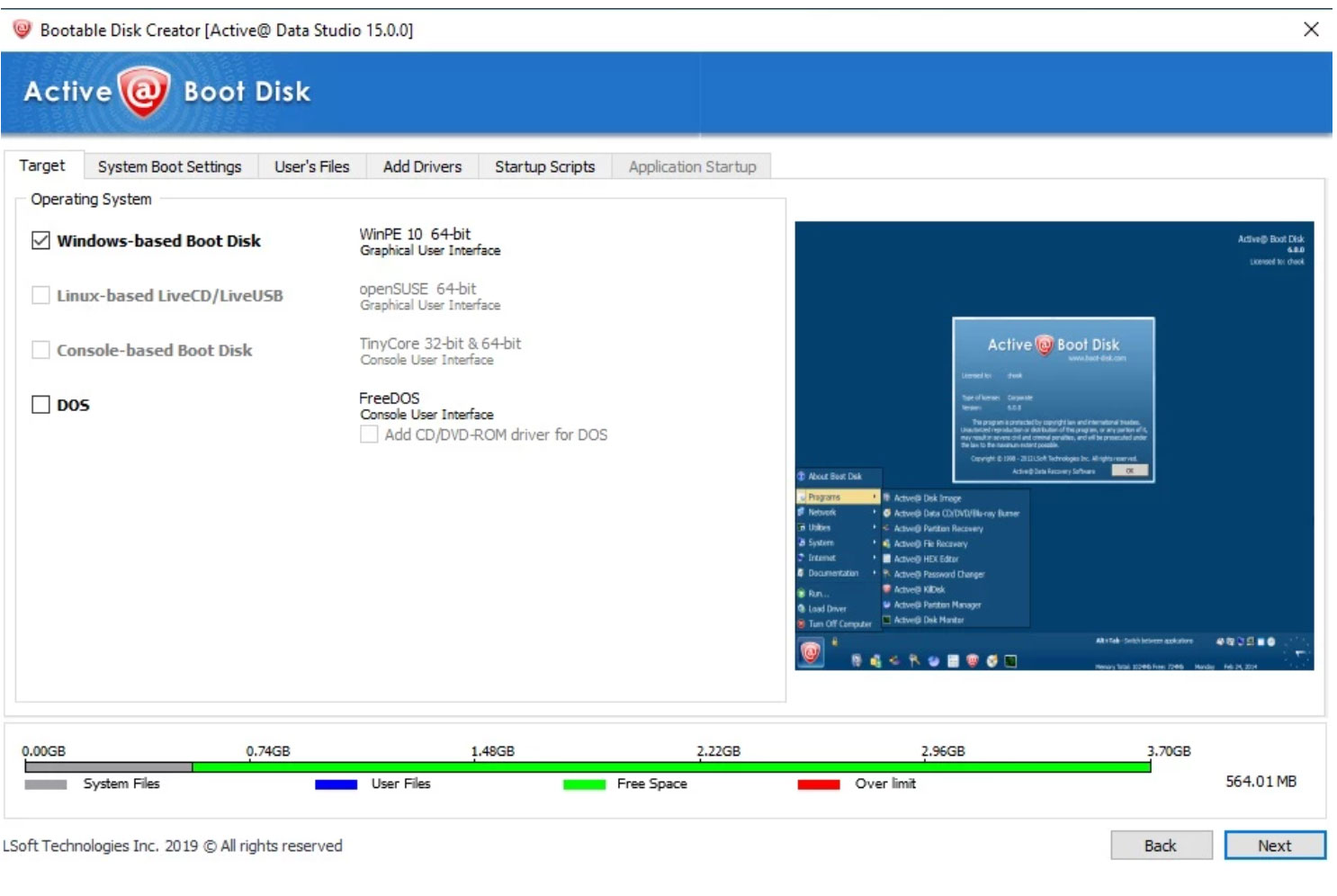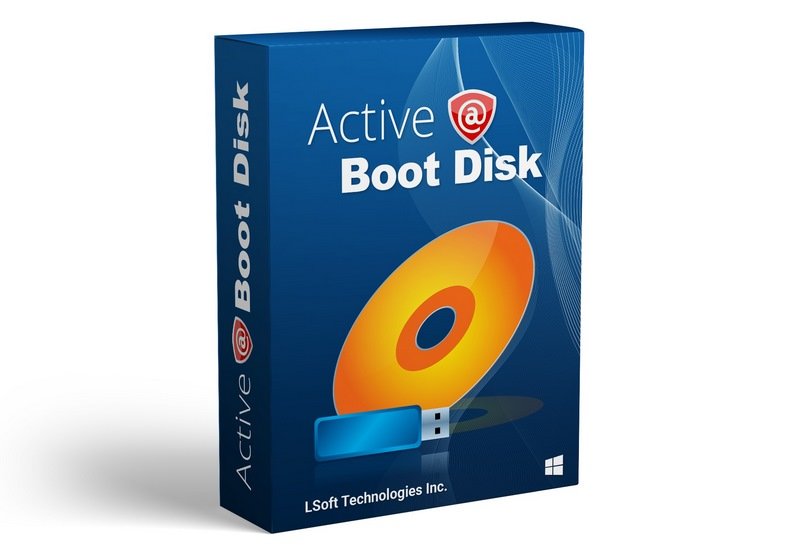


At boot time all *.CMD files located in this folder will be executed. Added files will be placed in BootDisk_Scriptsroot folder.
#Activeboot driver#
Add all files for the particular driver (*.INF, *.SYS, …).
#Activeboot drivers#
To add specific drivers to be loaded automatically, click Add Drivers tab.Added items will be placed to User_Files root folder. Add files or folders using related buttons at the right side. To add your custom files to bootable media, click User Files tab.Make sure that Boot into Windows checkbox is selected.Īt this step you can specify additional options:.
#Activeboot registration#
Registration eliminates DEMO version limitations and activates all features of commercial software. If you have purchased commercial version of Boot Disk, click Registration link to register software on your name or on the name of your business. If your USB Disk is not displayed in a combo-box, click the link below and initialize it properly.

To prepare a bootable device for Windows: Therefore, even if the bootloader does not need the flag, it has to be set to start the boot code from BIOS.User's Guide for Windows Password Changer 2.5 Boot Disk Boot Disk Creator helps you prepare a bootable CD/DVD/Blu-ray or USB Flash mass storage device that you can use to start a machine with a damaged hard drive and recover data, recover partitions, wipe or erase data, create a disk image or repair security access issues. Some BIOSes test if the boot flag of at least one partition is set, otherwise they ignore the device in boot-order. There are many disk editors that can modify the boot flag, such as Disk Management in Windows, GPartEd in Linux, and fdisk. Other boot loaders used by third-party boot managers (such as GRUB or XOSL) can be installed to a master boot record and can boot primary or extended partitions, which do not have the boot flag set. DOS and Windows allow only one boot partition to be set with the boot flag. The active partition is the partition where the boot flag is set. In some cases it is used by Windows XP/2000 to assign the active partition the letter "C:". Its primary function is to indicate to a MS-DOS/ MS Windows-type boot loader which partition to boot. A value of 0x00 indicates the partition does not have the boot flag set.

It appears at the beginning of a partition record, as the value 0x80. A boot flag is a 1- byte value in a non-extended partition record, within a master boot record.


 0 kommentar(er)
0 kommentar(er)
